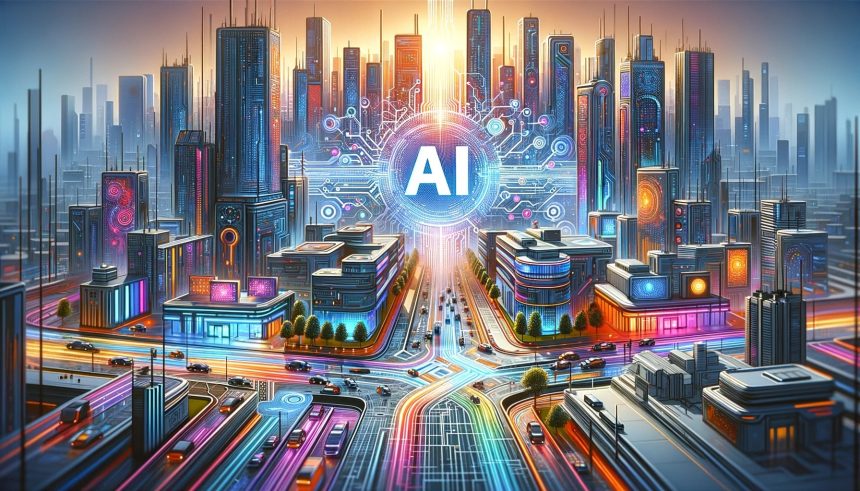Artificial intelligence is often scrutinized for its energy use, yet new analytic insights suggest it could be a pivotal tool in tackling climate change. As AI technologies integrate with sectors ranging from energy to transportation, their influence on sustainability gathers momentum. Rather than diminishing the quality of life, these technological advances may offer a pathway to maintain modern conveniences while pursuing ambitious climate goals. Ongoing research continuously evaluates not just the risks, but also the potential for AI to help align economic growth with lower emissions. Such findings challenge the assumption that AI’s environmental costs will always outweigh its benefits.
Earlier studies have generally emphasized the high power demand and carbon footprint of AI data centers, often casting doubt on whether the rise of smart technologies can be climate-friendly. Previous discussions revolved around the risks of AI accelerating energy use, particularly in regions relying on fossil fuel grids. By contrast, recent research pinpoints practical reductions in greenhouse gas emissions across multiple industries, suggesting net climate benefits. This shift in narrative introduces a more nuanced view, in which the balance of AI’s environmental impact depends heavily on its applications rather than its intrinsic computational costs.
How Does AI Slash Emissions in Power, Food, and Mobility?
Targeted applications of AI in power generation, the meat and dairy sector, and passenger mobility could jointly cut between 3.2 to 5.4 billion tonnes of greenhouse gas emissions annually by 2035. AI-driven optimization of renewable energy sources, for example, can align supply and demand more efficiently, reducing the need for backup fossil fuel systems. DeepMind’s capabilities in forecasting wind energy output demonstrate measurable improvements, while in food production, advances in plant-based protein design offer another route to lower emissions. In transport, AI enables smarter mobility services and improvements in battery technologies, which together support substantial reductions in vehicle-related emissions.
What Role Do Major Brands Play in AI-Powered Climate Solutions?
Global companies such as Google and Amazon have publicly deployed AI to advance sustainability. Google Maps leverages AI to guide users on fuel-efficient routes, while Google DeepMind’s GNOME tool accelerates discovery of new materials essential for clean energy. Amazon uses AI-driven algorithms to streamline packaging and logistics, reducing waste by millions of metric tons. In climate monitoring, IceNet—developed with support from the British Antarctic Survey and the Alan Turing Institute—utilizes AI for forecasting sea ice dynamics, assisting both community planning and policymaking. Google’s Flood Hub employs machine learning for early warnings, providing critical lead time during adverse weather events.
What Policies Could Amplify AI’s Climate Impact?
Experts recommend proactive government involvement to maximize AI’s positive environmental contributions while minimizing risks. Policy measures may include incentives for ‘green’ AI research, regulatory frameworks directed at reducing the carbon footprint of data centers, and broad investment in digital infrastructure. Coordinated action could spread the benefits of AI equally, ensuring both economic inclusivity and sustainability. As one researcher noted,
“Governments have a critical role in ensuring that AI is deployed effectively to accelerate the transition equitably and sustainably.”
These interventions are viewed as necessary to steer the trajectory of AI toward public benefit, not just corporate interests.
The consensus emerging from contemporary analysis is that AI, when steered by sound policy and societal needs, has the potential to offset its own emissions through carefully chosen applications. Rather than posing a simple trade-off between technological advancement and sustainability, using AI in targeted industries creates a scenario where economic growth and ecological stewardship can advance together. Brands like DeepMind, Google, Amazon, and Nest illustrate the tangible effects when AI is harnessed intentionally for climate goals. For those involved in industry or policy, prioritizing investments and incentives in AI for decarbonization proves more effective when accompanied by thoughtful regulation and public engagement. As understanding evolves, the focus increasingly turns to concrete implementation, performance monitoring, and international cooperation to ensure lasting impact.
- AI applications can reduce emissions in energy, food, and transport sectors.
- Corporate and governmental policies shape AI’s effectiveness for climate goals.
- Collaboration and targeted investment are vital for sustainable AI outcomes.










